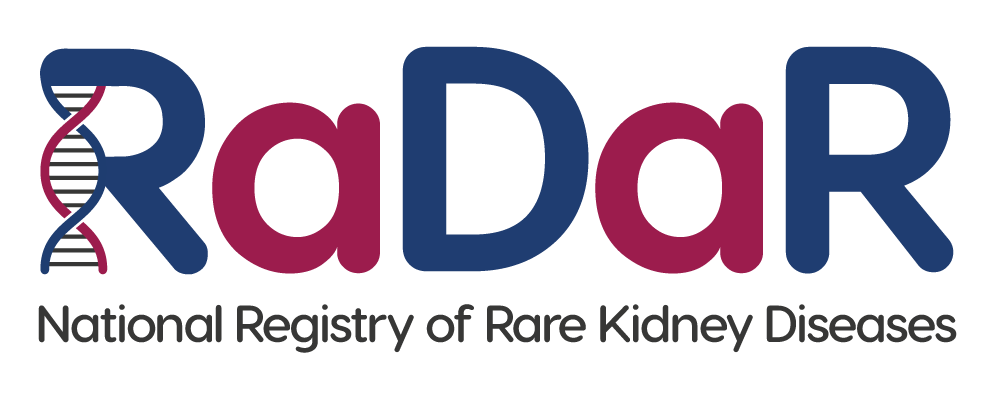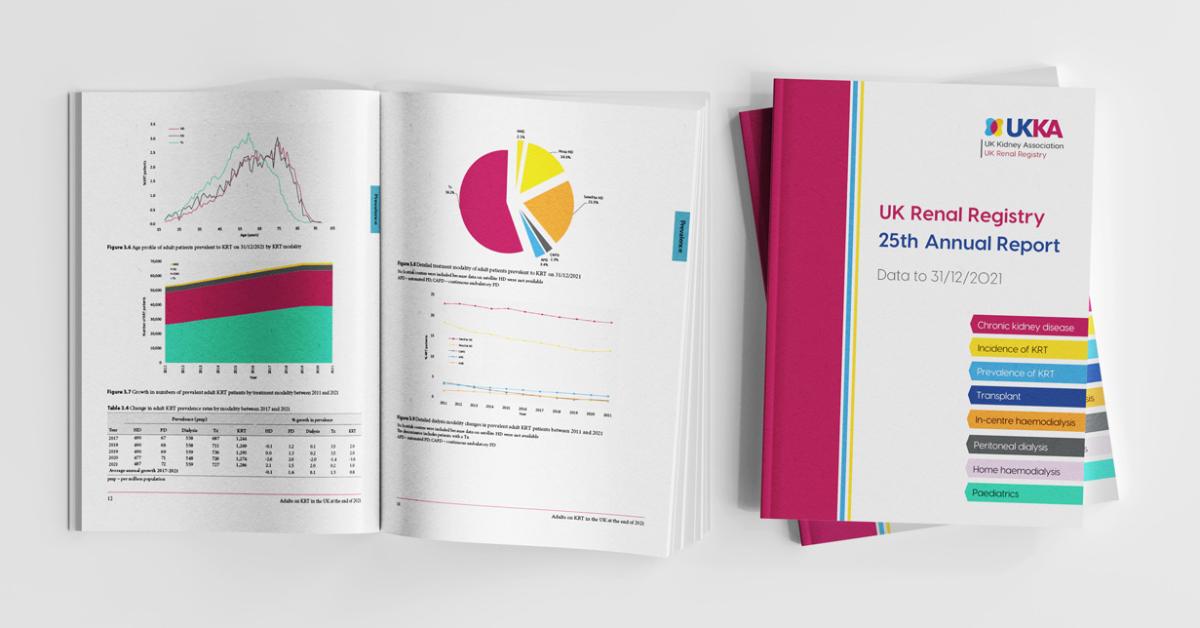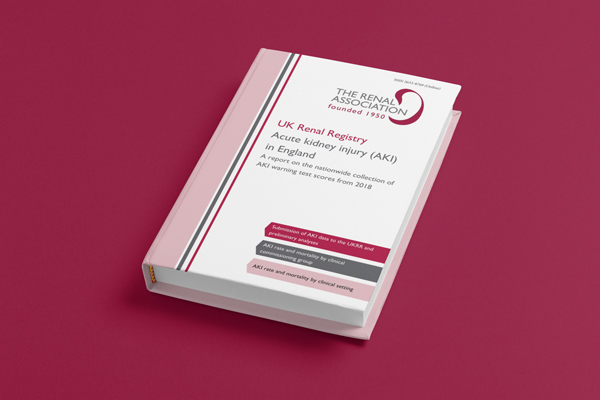under development
Patient Information
The urinary system gets rid of things that the body no longer needs so that we can grow and stay healthy. The kidneys filter blood and remove extra water and waste in urine (wee). Most of us have two kidneys. Each kidney has a ureter, a long tube that carries urine to the bladder. The bladder stores urine until we are ready to pass it (have a wee). The urethra is the tube that carries urine from the bladder to the outside of the body.
CAKUT stands for "congenital anomalies of the kidney and urinary tract". Congenital means that the condition is present at birth. CAKUT includes lots of different abnormalities that occur when the kidneys and other parts of the urinary tract (ureters, bladder and urethra) do not develop properly in the womb. These include conditions such as kidney dysplasia or hypoplasia (malformed or small kidneys), multicystic dysplastic kidney (abnormally developed kidney with cysts), kidney agenesis (missing kidney), pelvi-ureteric junction obstruction (PUJO), vesicoureteral reflux (VUR; when urine goes the wrong way from the bladder to the kidneys), posterior urethral valves (PUV; a blockage in the urethra of boys) and bladder exstrophy (when the bladder and lower abdomen don’t come together properly).
CAKUT is one of the most common groups of anomalies diagnosed in newborns with about 30 babies affected in every 10,000 births. CAKUT is sometimes diagnosed during pregnancy using an ultrasound scan. After birth more detailed scans can be done to see exactly how the kidneys and urinary tract are affected. Ultrasound is used to see how the kidneys have formed and whether there is a blockage. Tests such as a micturating cystourethrogram (MCUG), MAG3 renogram and urodynamics can investigate whether there are any problems passing urine.
Some children have urinary tract infections (UTIs), problems passing urine or difficulty with potty training. Older children and adults may have problems emptying their bladders meaning they need to use a urinary catheter to help them pass urine. Occasionally, CAKUT can be seen with other congenital anomalies or as part of a syndrome that affects other parts of the body. CAKUT can sometimes affect how well the kidneys work and, in some people, lead to reduced kidney function. This is usually diagnosed with blood and urine tests.
CAKUT is caused by a combination of environmental and genomic factors (changes in DNA) that affect the formation and development of the kidneys and urinary tract during pregnancy. CAKUT is more common in children born to mothers with diabetes. People with a family history of CAKUT or evidence of other abnormalities sometimes have an inherited cause for their condition which can be found on genomic testing.
Treatment for children with CAKUT depends on the severity of the condition and may include working on ways to empty their urine and stool, which is called "voiding" or antibiotics for UTIs. Treatment may also include surgery on parts of the urinary tract. Ongoing laboratory and imaging follow-up is an important component of the treatment plan. More severe cases of CAKUT resulting in poor kidney function may eventually require dialysis or kidney transplantation.
*under development*
Check out the excellent website infoKID (https://www.infokid.org.uk) for additional information on kidney and bladder conditions affecting children and young people.
ERIC (https://eric.org.uk) is a national charity dedicated to improving children’s bowel and bladder health.
Kidney Care UK offer peer support through their Young Adult Kidney Group (YAKG) for those aged between 18-30 years (https://www.kidneycareuk.org/get-support/young-adult-kidney-group-yakg/).
The CAKUT Rare Disease Group (RDG) is working with international partners with the aim of trying to understand what causes these kidney and bladder malformations and learn more about how the condition impacts the health of those affected throughout their life course. To do this, the RDG is registering patients with CAKUT in the National Renal Rare Disease Registry (RaDaR). The registry will be used to find suitable participants for future research studies to better understand these conditions and investigate potential new treatments. If you are interested in finding out more about RaDaR or the activity of the RDG please visit the CAKUT RDG page.




